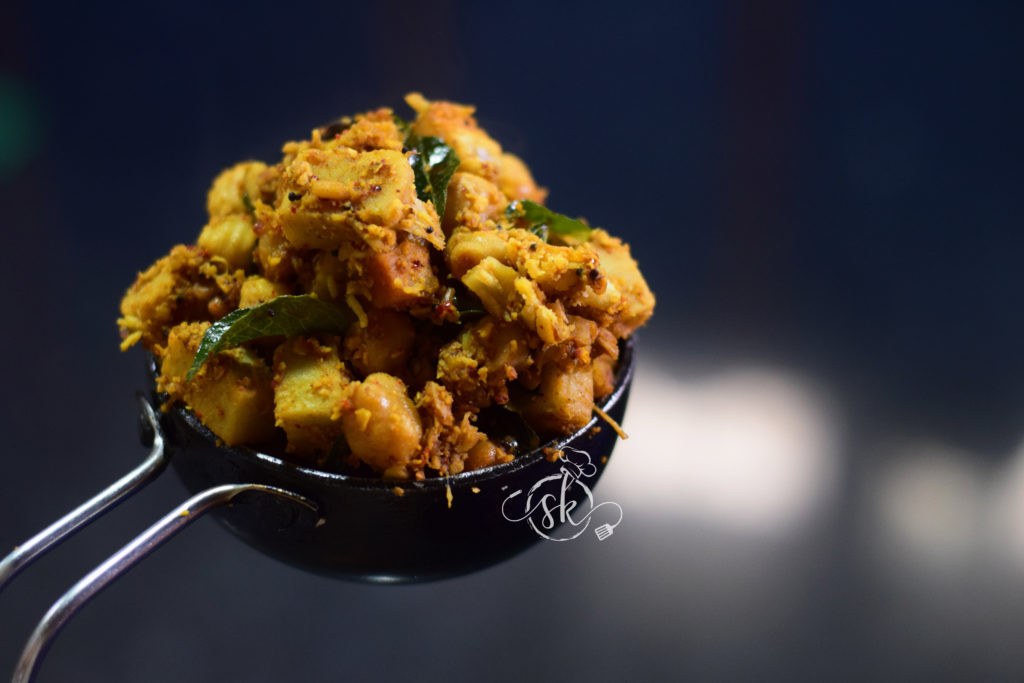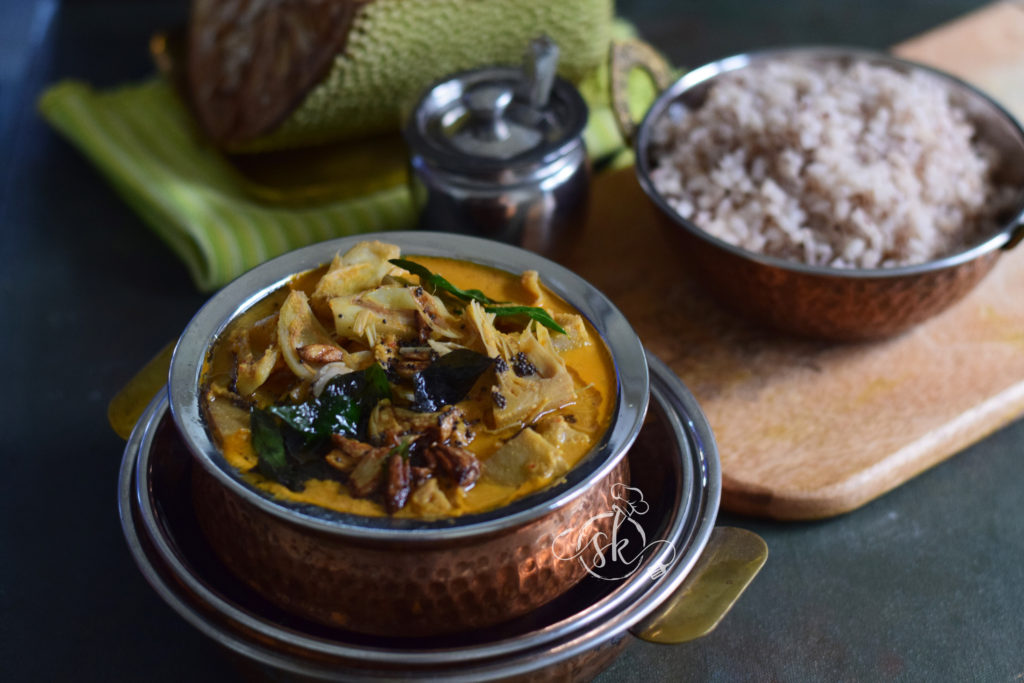Bimbuli / Beempuli, anyone? Yes! It is our local name to Bilimbi 😀
Averrhoa bilimbi, commonly known as Bilimbi, “Cucumber tree”, “tree sorrel”, is a tiny, tangy, juicy fruit that regularly appears in Coastal Karnataka cuisine.
Bimbuli is what we call it, and it is also known as Tree sorrel. It is a common backyard tree, and you would find it in every house of the coastal region. The beauty of our traditional cuisine is impressive. When we take only Mangalore cuisine, we find at least 6 to 7 varieties of souring agents used for specific purposes according to the ingredient and the recipe. For example, Kokum, tamarind, Monkey jack (known as Unde Huli or Kethe Huli), Hog plum, Bilimbi (beempuli), Raw mango and the list goes on.
Before the lockdown, I found this in my locality during our evening walk and introduced it to my daughter.
We used to eat this watery fruit by dipping it in salt and asked her to eat it with salt. She, who is fond of any khatta/ souring agent, enjoyed and asked for more. Besides eating, I loved pickle, which my paternal aunt used to prepare and get it.
While talking, remembering good old memories, my mother in law mentioned Bimpuli saaru, which her mom-in-law used to prepare. As a curious learner, I started asking her about the recipe? How did she use to make etc.?
As always, she said, what is the recipe? There is nothing in that saru—a little bit of cooked dal, green chilli and hing.
The next day, I made the saru, which I never tasted before, and it was indeed flavourful and delicious and thought of documenting it in my blog for future reference.

Ingredients:
Bilimbi /Tree sorrel – 6 to 7 or acc to your taste
Cooked toor dal – 1 small Katori
Salt
Jaggery – to taste
Green chillies – 6 to 8 (slit)
Hing – peanut size
Seasoning:
Coconut oil – 1 tbl sp
Mustard – 1 tsp
Red chilli -1
Curry leaves – 1 spring
Method:
-Take a one cooking pot, put Chopped tree sorrel, slit green chillies, salt, jaggery, hing, 2 cups of water as well as cooked, mashed dal.

-When chillies and sliced tree sorrels are cooked, adjust the consistency by adding water, if necessary, salt, jaggery or hing. Boil a couple of minutes more and add seasoning.
-To season, heat oil, splutter mustard, red chilli and curry leaves. Yes! It is so simple and tasty.
-This tasty saru is pairs well with hot rice and papad with any vegetable side dish to accompany.


































